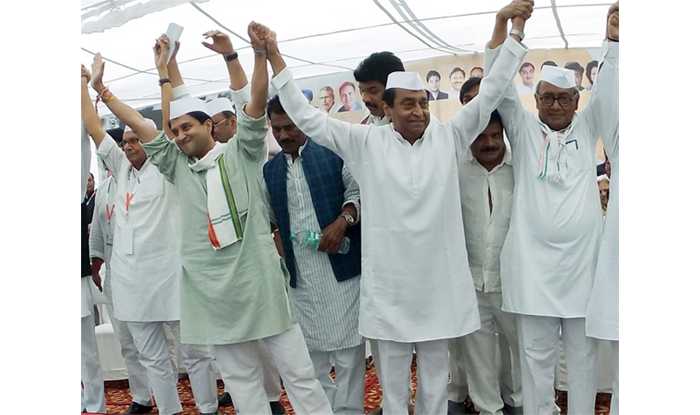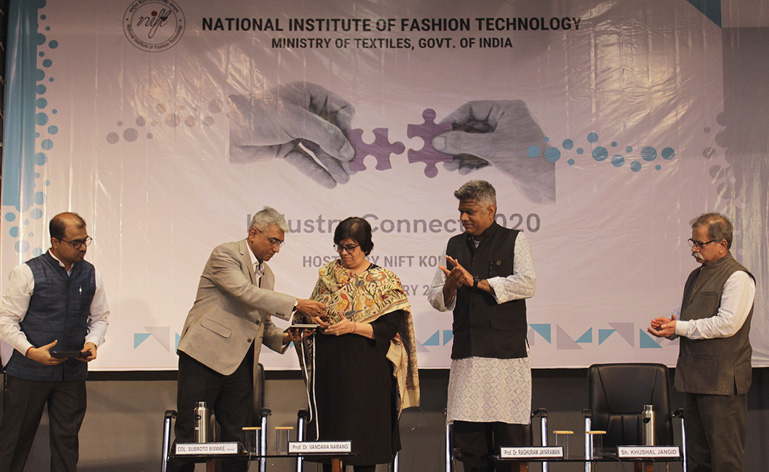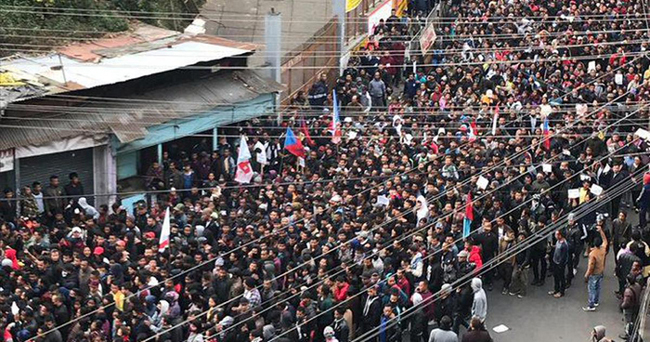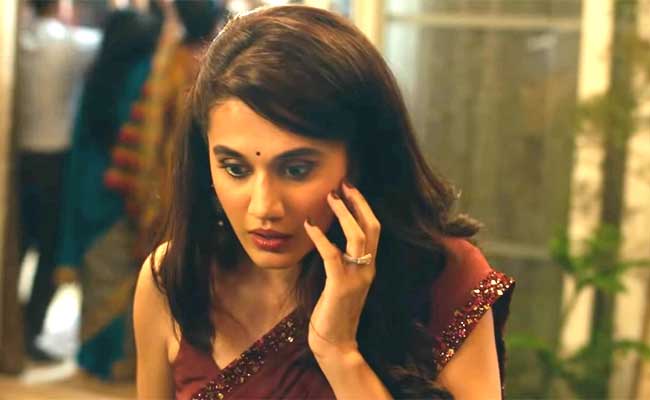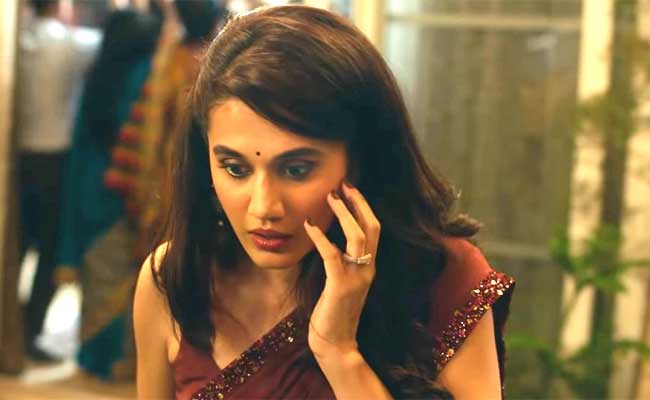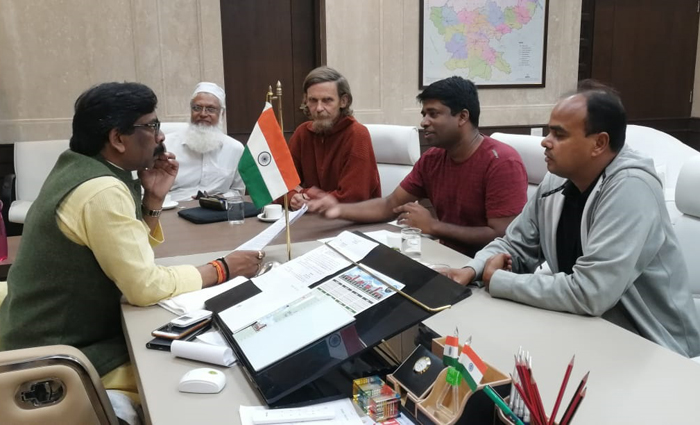[dropcap]J[/dropcap]yotiraditya Scindia’s resignation from the Congress did not come as a surprise. The surprise is that it came so late. What happens next is not clear yet. All that one can say is that Scindia has, after meeting Prime Minister Narendra Modi on Tuesday morning, received an assurance for Rajya Sabha nomination (election process for which is on) and a berth in the Union cabinet (with Commerce portfolio, according to political circles in Bhopal). What happens to his loyal ministers and MLAs is not known. Apparently, Scindia has not yet been able to get a firm assurance from the BJP leadership for appropriate rehabilitation of his followers. Had it been so, his loyal 19 MLAs (including six ministers) would have sent their resignation letters to the Speaker of the Assembly who only is authorised to accept them. Instead, they chose to send these resignation letters to the Governor, apparently to buy time for an acceptable bargain.
Scindia’s resignation letter sent to Congress President Sonia Gandhi is dated March 9. That suggests that his bargain with the BJP was finalised on Monday itself. He sent the letter to the Congress President on Tuesday after his talks with Home Minister Amit Shah and Prime Minister Narendra Modi. That his loyal MLAs and (ministers) did not meet the Speaker to submit their resignations but were, instead, whisked off to Bengaluru must have given a ray of hope to Chief Minister Kamal Nath that all was not yet lost. That may explain his statement on Tuesday afternoon that he still enjoyed a majority in the Assembly.
When Kamal Nath was appointed PCC chief in the run up to the 2018 Assembly elections, Scindia, who had his own ambitions, was made chairman of the Campaign Committee. Scindia is comparably young, glamorous and a good speaker, with a substantial following, mainly in the Gwalior-Chambal region. His laudable contribution to the Congress victory in the elections cannot be denied. Scindia expected to be made the Chief Minister. Kamal Nath, on the other hand, had never been involved in State politics except in his pocket borough of Chhindwara. He was depending, practically for everything, on his old friend and former Chief Minister Digvijaya Singh. Digvijaya Singh (who was once described by Arjun Singh “a supreme artist”) helped Kamal Nath become the Chief Minister.
Kamal Nath was so much under the influence of Digvijaya Singh that he could neither pick up the members for his Council of Ministers nor could he distribute the portfolios on his own. Digvijaya Singh’s insistence on Cabinet rank for his son Jaivardhan Singh, who is a second time MLA, prompted Jyotiraditya Scindia to demand Cabinet rank for some of his own supporters, not so senior in the party hierarchy. After a week-long exercise, Kamal Nath gave up and accepted all the names suggested by the two rivals and made all of them — 28 in all – Cabinet Ministers. As many as 22 of them had been inducted into the cabinet for the first time.
Scindia’s supporters demanded the post of PCC chief for their leader but it was denied him mainly because Digvijaya Singh has an inveterate aversion for him. Transfers and postings were reportedly made on Digvijaya Singh’s advice. Ministers loyal to Scindia started complaining that the officers did not listen to them. At the cabinet meeting a day after the celebrations of completion of six months of the Kamal Nath government in June last year, a minister owing allegiance to Scindia was said to have told Chief Minister Kamal Nath that they were not happy with his working. Kamal Nath stopped one of his followers from retaliating and avoided the situation getting ugly. He, however, could not restrain himself from telling the Scindia followers that he knew on whose behalf they were speaking. Later on, a couple of Scindia camp ministers claimed before a section of media that the Chief Minister was not listening to them but he would have to.
As Scindia continued to be “ignored’, some of his supporters in the Gwalior-Chambal region took to the streets, demanding their leader be appointed the MPCC chief failing which they threatened to quit the party. One of them, Anand Agrawal, even tried to immolate himself, near Gwalior Railway station. His supporters installed hoardings, demanding that the former Guna MP be made the chief of the Madhya Pradesh unit of the party. Such hoardings were installed at several places across Gwalior. The poster campaign triggered a political row in the State on the hoardings, the supporters asking Congress interim President Sonia Gandhi to appoint Scindia as party’s State unit chief without succumbing to any pressure.
Flashpoint was reached recently when it was made clear to Scindia that he would not be nominated for Rajya Sabha. At some stage it was whispered in political circles that a compromise had been reached, according to which Digvijaya Singh would be renominated for Rajya Sabha while second seat (which the Congress could have got) would be given to Deepak Saxena who had vacated the Assembly seat for Kamal Nath, while Scindia would be accommodated as PCC chief. Somewhere somehow this plan went awry – and “forced” Scindia to take the ultimate step of quitting the Congress.


